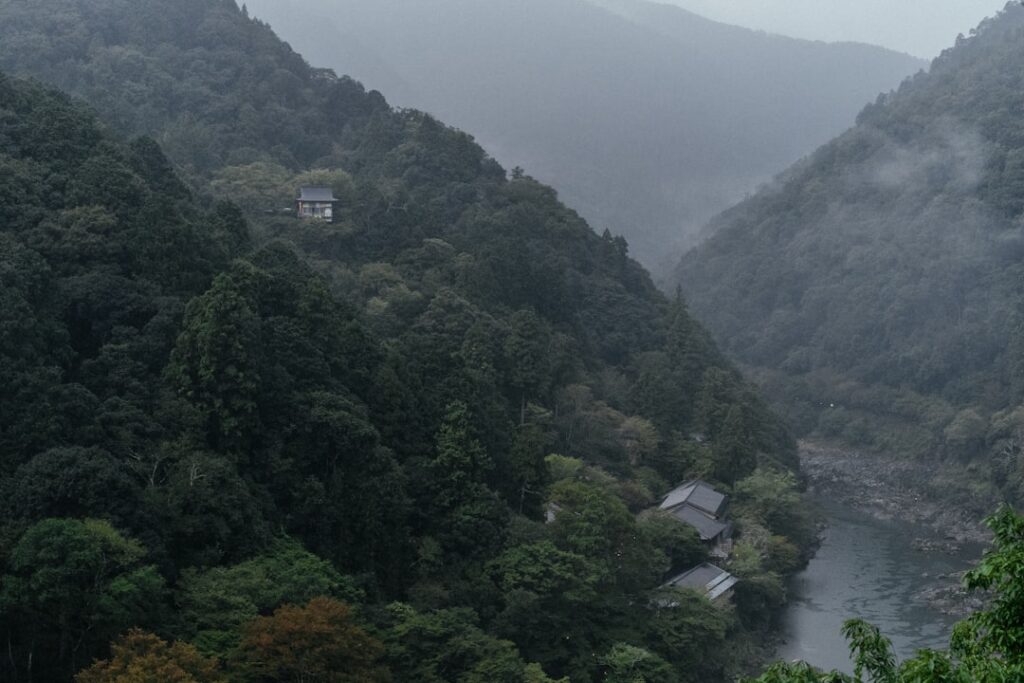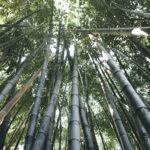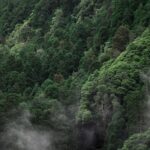Japan’s forests have long been shrouded in mystery and tranquility, offering an escape from the bustle of city life. For 2025, the nation’s countryside is witnessing a renaissance in forest wellness—especially as rural communities open up their hidden retreats and wellness sanctuaries to curious global visitors. In this guide, we journey through Japan’s secret forest havens, delving into the ancient practice of Shinrin-yoku, off-the-map mountain wellness spots, immersive retreat experiences, seasonal countryside delights, and the essential know-how for respectful, seamless travel.
What is “Shinrin-yoku”? The Healing Power and History of Forest Bathing in Japan
Originating in Japan in the early 1980s, Shinrin-yoku—literally “forest bathing”—invites people to immerse all their senses in the forest environment. Unlike hiking or brisk walks, this mindful practice is about moving slowly, breathing deeply, and attuning to the subtle fragrances, sounds, and textures of the woods. Backed by decades of scientific studies, Shinrin-yoku has been shown to lower blood pressure, boost immune function, and reduce anxiety. It taps into an ancient Japanese appreciation of nature, drawing from Shinto and Buddhist beliefs that honor forests as sacred dwellings of spirits. Forest bathing trails across Japan are designed for restoration, providing a deep and lasting refresh for the mind, body, and spirit.
Under-the-Radar Mountain Wellness Spots: Nagano, Tottori, & Kumano Kodo’s Secret Trails
For those willing to venture beyond Japan’s famous tourist routes, regions like Nagano, Tottori, and the Kumano Kodo pilgrimage trails reveal soulful, deeply local experiences. In Nagano’s hidden valleys, moss-laden cedar groves and whispering bamboo forests create perfect settings for Shinrin-yoku, often guided by local experts. Tottori, with its gentle mountains and waterfalls, is famed for “forest therapy roads” that receive almost no foreign visitors. Meanwhile, the legendary Kumano Kodo—a UNESCO World Heritage route—winds through ancient forests where every mossy stone stair carries the stories of pilgrims past. Small mountain villages along these routes may welcome guests for rustic stays and hands-on wellness workshops, fostering genuine exchange with local culture.
Immersive Experiences: Wellness Retreats and Traditional Onsen Ryokan
Japan’s rural mountains are dotted with retreat facilities and onsen ryokan (traditional hot spring inns), where travelers can immerse themselves in time-honored wellness rituals. Many ryokan now blend their heritage with modern mindfulness, offering forest-side meditation, yoga sessions on cedar decks, and creative cuisine using mountain ingredients. Programs might include guided forest therapy, tea ceremonies in mossy gardens, or crafting experiences with local artisans. Rejuvenating hot springs, sourced from mineral-rich mountain aquifers, soothe weary muscles after long walks. Whether you’re solo seeking tranquility or a group yearning for reconnection, these retreats promise physical, emotional, and spiritual renewal.
Seasonal Mountain Pleasures & Healthy Rural Cuisine
Forest escapes in Japan brim with seasonal magic. In spring, cherry and plum blossoms dust mountain paths, while summer brings lush greenery and clear, cooling streams. Autumn is a spectacle of fiery maple leaves, echoed in the cuisine through chestnuts, mushrooms, and wild sweet potatoes. Winter transforms rural hamlets into quiet, snow-blanketed retreats—perfect for open-air onsen. Don’t miss the culinary wonders of these villages: local soba made from mountain water, wild vegetable tempura, trout grilled over charcoal, and wholesome miso soups. Many farmstays and inns now offer plant-based or macrobiotic options, using ingredients foraged from nearby forests. These meals honor not only health, but also a centuries-old ethos of sustainability and gratitude for nature’s bounty.
Navigating Rural Japan: Access, Etiquette, and Local Support
Reaching Japan’s forest retreats often means hopping on scenic trains, buses, or even funiculars far from urban centers. While English signage is improving, these journeys are smoother with some basic Japanese greetings and a translation app handy. Rural dwellers take pride in hospitality, and you might be surprised by how often locals offer help, point directions, or even invite you to join a festival. Remember to remove shoes when entering ryokan and follow onsen etiquette (bathing nude, rinsing before entering communal pools). Respect for quiet and nature—no litter, no loud voices—is essential. Many regional tourism offices and ryokan now offer multilingual support, ensuring solo travelers and families alike feel welcomed and informed.
Japan’s hidden forest havens are waiting to nurture your body and soul. Whether through the ancient art of forest bathing or connections with rural food and hospitality, these retreats offer a rare chance to slow down, breathe in deep, and rediscover nature’s magic—one forest path at a time.








